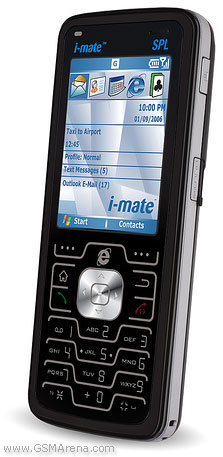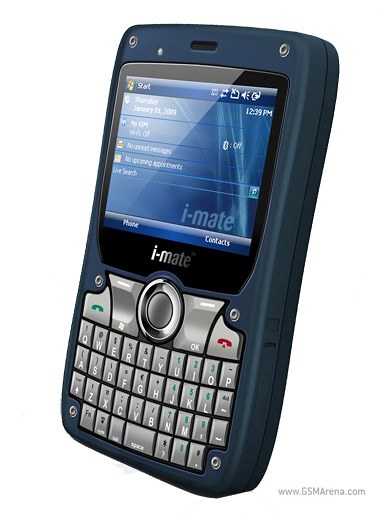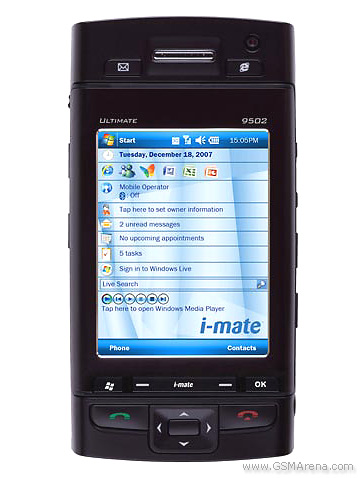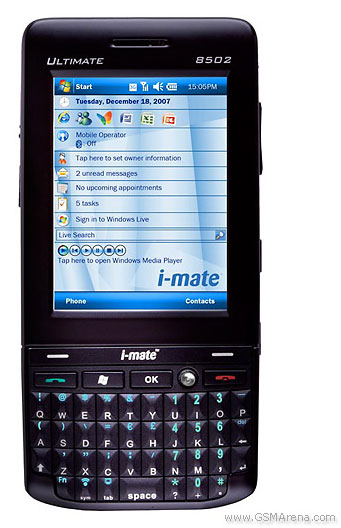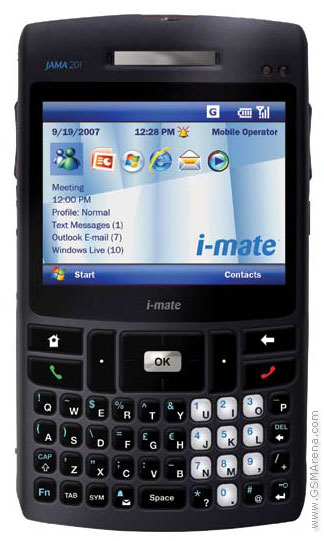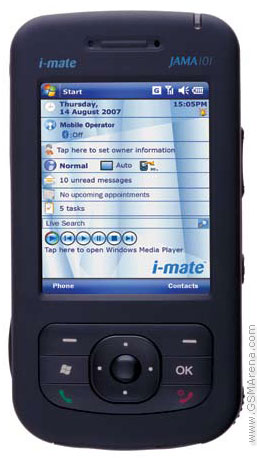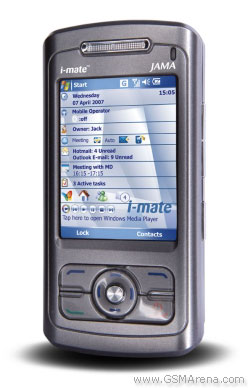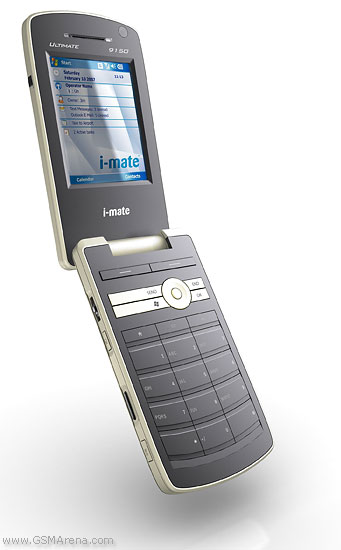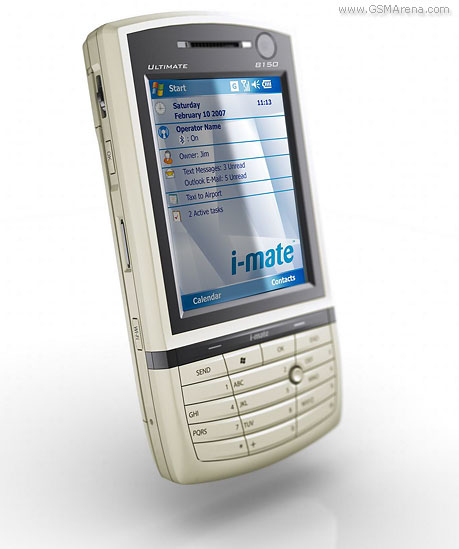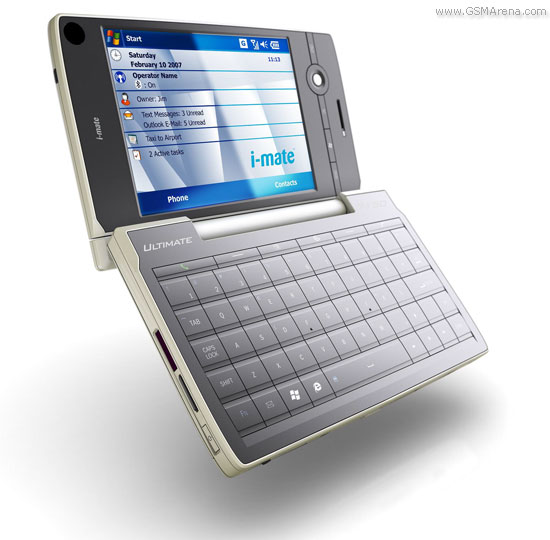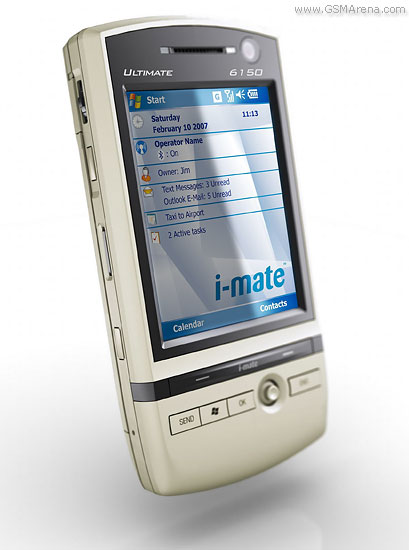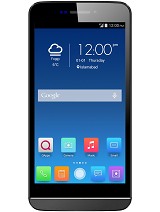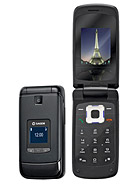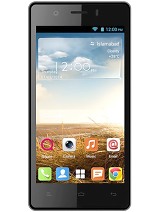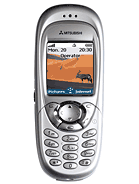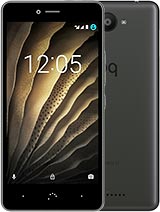i-mate SPL Overall
The i-mate SPL is a Windows Mobile smartphone that was announced in September 2006. It features a 2.2-inch display, providing users with a compact screen for its time. Equipped with a 2 MP primary camera, the i-mate SPL allows for basic photography, capturing moments with simplicity. The device is powered by a 1100 mAh battery, offering a decent battery life considering the phone’s specifications and usage demands.
With 64 MB RAM, the i-mate SPL targets basic phone users, emphasizing essential functions like calling, texting, and light applications usage. The phone’s design and functionality cater to those who prefer a straightforward mobile experience without the complexities of modern smartphones. Its release during a time when mobile technology was rapidly evolving showcases i-mate’s attempt to offer a device that balances functionality with simplicity.
In summary, the i-mate SPL is a representation of early Windows Mobile devices, focusing on providing users with a fundamental mobile experience. Its specifications reflect the technology of its time, offering a glimpse into the evolution of smartphones and user expectations from mobile devices.
